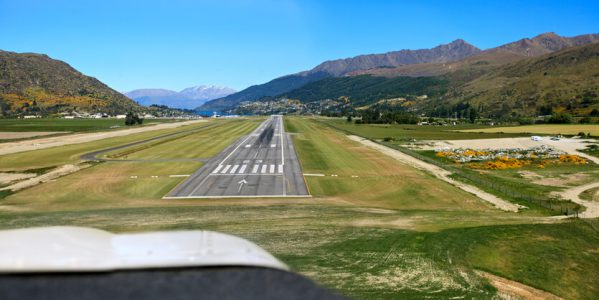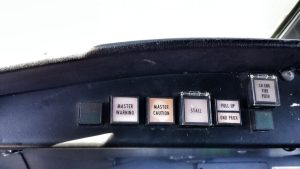Contact approaches – what are they, and are they worth it?
Does anyone really know what a contact approach is? Does anyone really care, or even ask for one in real life? I certainly haven’t and I’ve never heard anyone else ask for one either.
There are several distinct differences between a contact approach and a visual approach, but there are some similarities too. I’m pretty sure everyone understands the purpose of a visual approach – the reported ceiling needs to be at least 1000 feet, the visibility at least 3 miles, and you can completely bypass the published approach procedure. Visual approaches keep the traffic moving and take the pressure off the controllers, who are busy with other things.
So what’s the deal with a contact approach? Here’s the definition:
“An approach available to aircraft operating on an IFR flight plan, where the pilot may deviate from the published instrument approach procedure and proceed to the destination airport by visual reference to the surface”.
Visual reference to the surface. Interesting. It doesn’t say that the pilot must have the airport in sight. And there’s more – only the pilot can request a contact approach. Regulations prohibit air traffic controllers from issuing a contact approach without a specific request from the pilot. The weather minimums required are 1 mile visibility and clear of clouds, so it’s even less restrictive than visual approaches.
And here’s another interesting thing – the pilot can ask for the contact approach if there is a “reasonable expectation” of continuing to the airport under the 1 mile visibility and clear of clouds conditions. That doesn’t sound like the FAA, does it, “A reasonable expectation”? Why would we ask for this, as opposed to a visual approach? If we want to save time and fuel, it’s a good way to use the air traffic control system to our advantage, and it sounds like we can request the contact even if we don’t actually see the airport yet.
But the contact approach comes with two very important warnings:
- It is potentially a legalized form of scud-running, which is a very dangerous practice.
- It only works if the pilot is very familiar with the local terrain.
AIM 5-4-25 says the contact approach is meant only as a substitute for a standard instrument approach and not a substitute IFR approach to an airport not having a published approach procedure, nor is it to be used to approach one airport, break off the approach in visual conditions, then fly to another airport.
So tread lightly and use this approach sparingly, if at all. It sounds like an accident waiting to happen. If you’re going to go to the trouble of filing an IFR flight plan to safely fly from point A to point B, take the extra few minutes to fly the published approach at the end, or at least wait until you can positively identify the airport before you ask for the visual. Most airlines forbid contact approaches. I’m starting to understand why.
RELATED READING
RELATED CTS TRAINING










